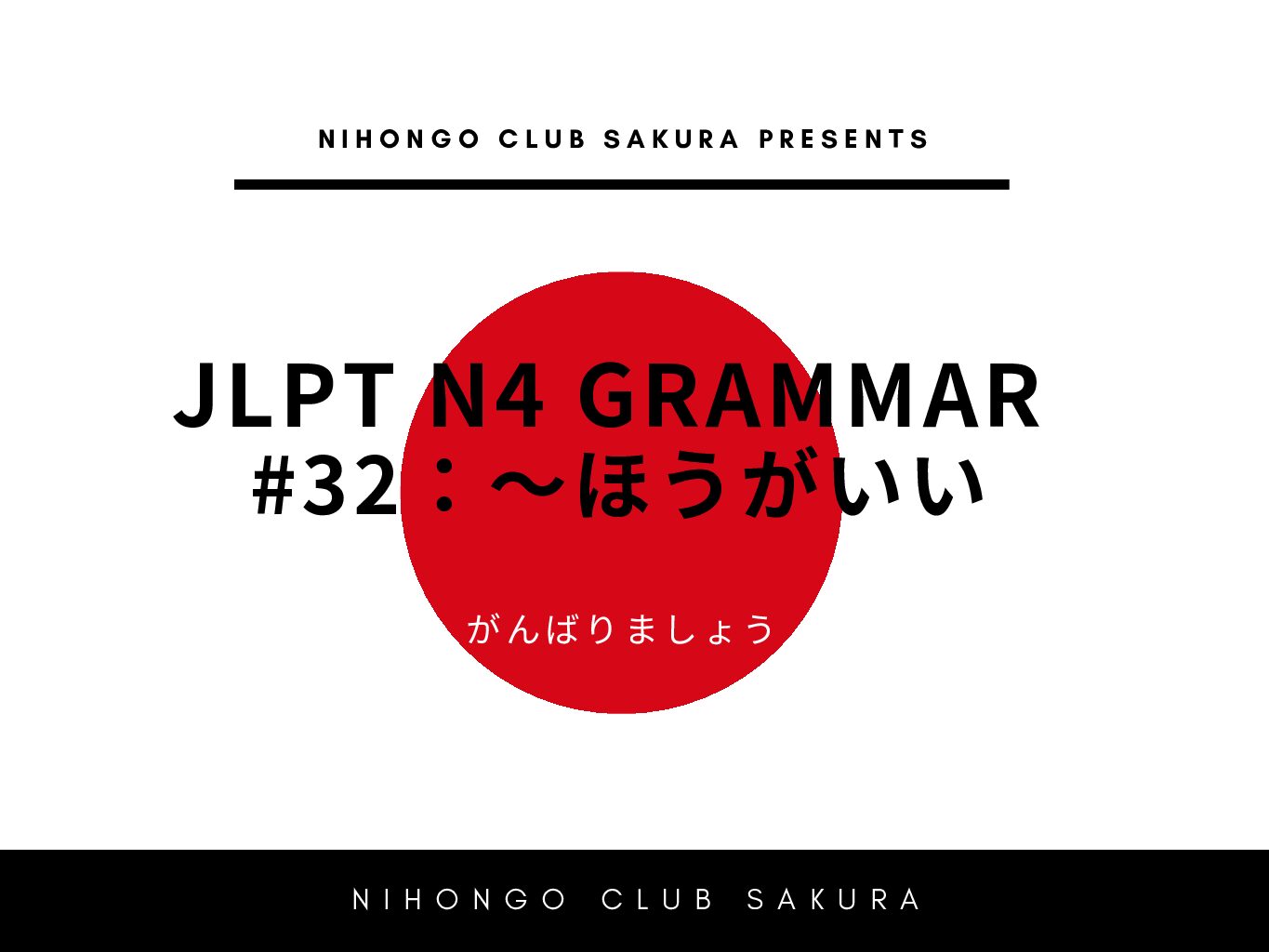 JLPT N4 Grammar Format
JLPT N4 Grammar Format JLPT N4 Grammar #32: 〜ほうがいい
【いみ】
had better do ~* used to advise someone to do something or not to do something.
【ぶんぽう】
たform+ほうがいいないform+...
 JLPT N4 Grammar Format
JLPT N4 Grammar Format 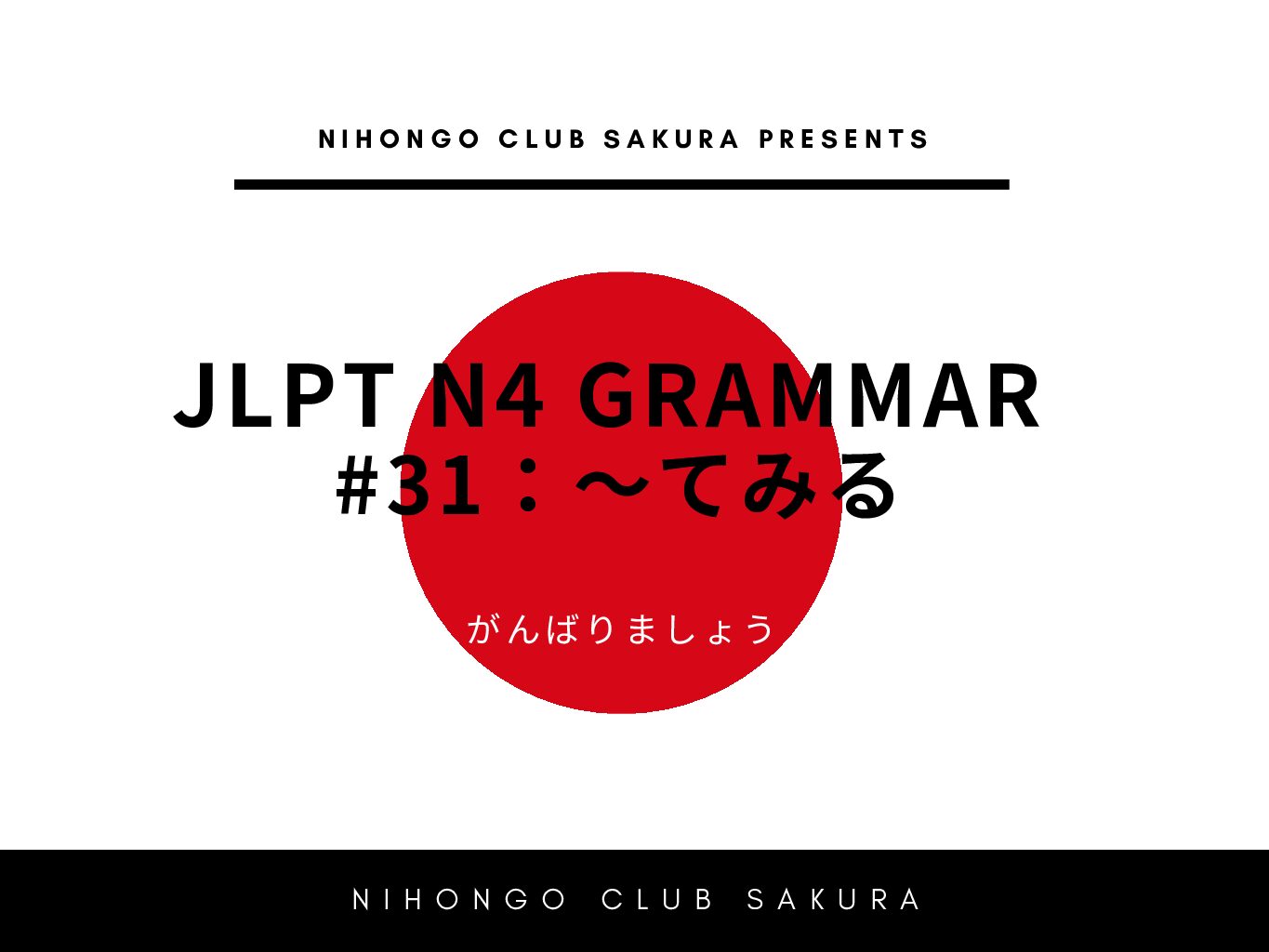 JLPT N4 Grammar Format
JLPT N4 Grammar Format 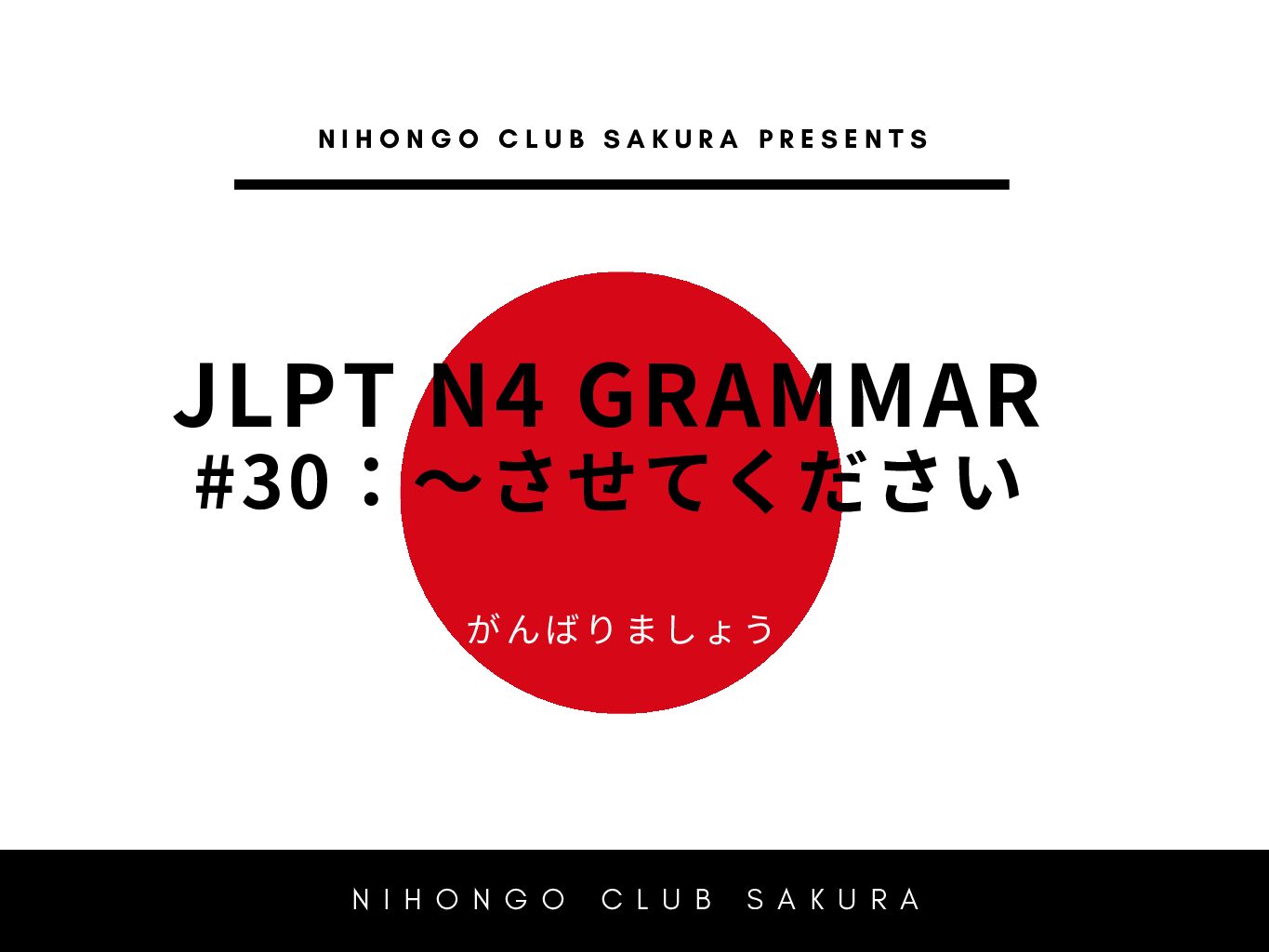 JLPT N4 Grammar Format
JLPT N4 Grammar Format 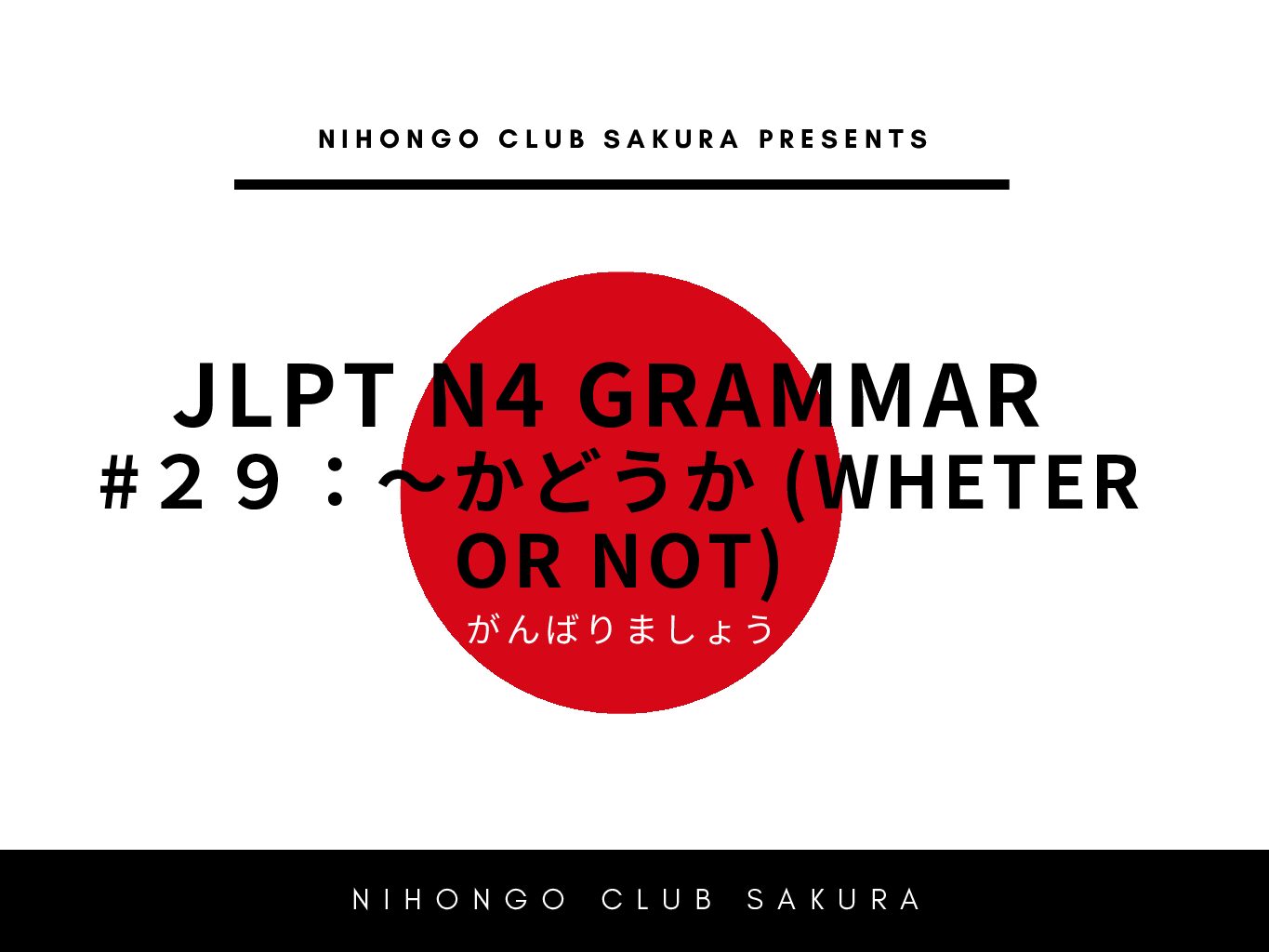 JLPT N4 Grammar Format
JLPT N4 Grammar Format 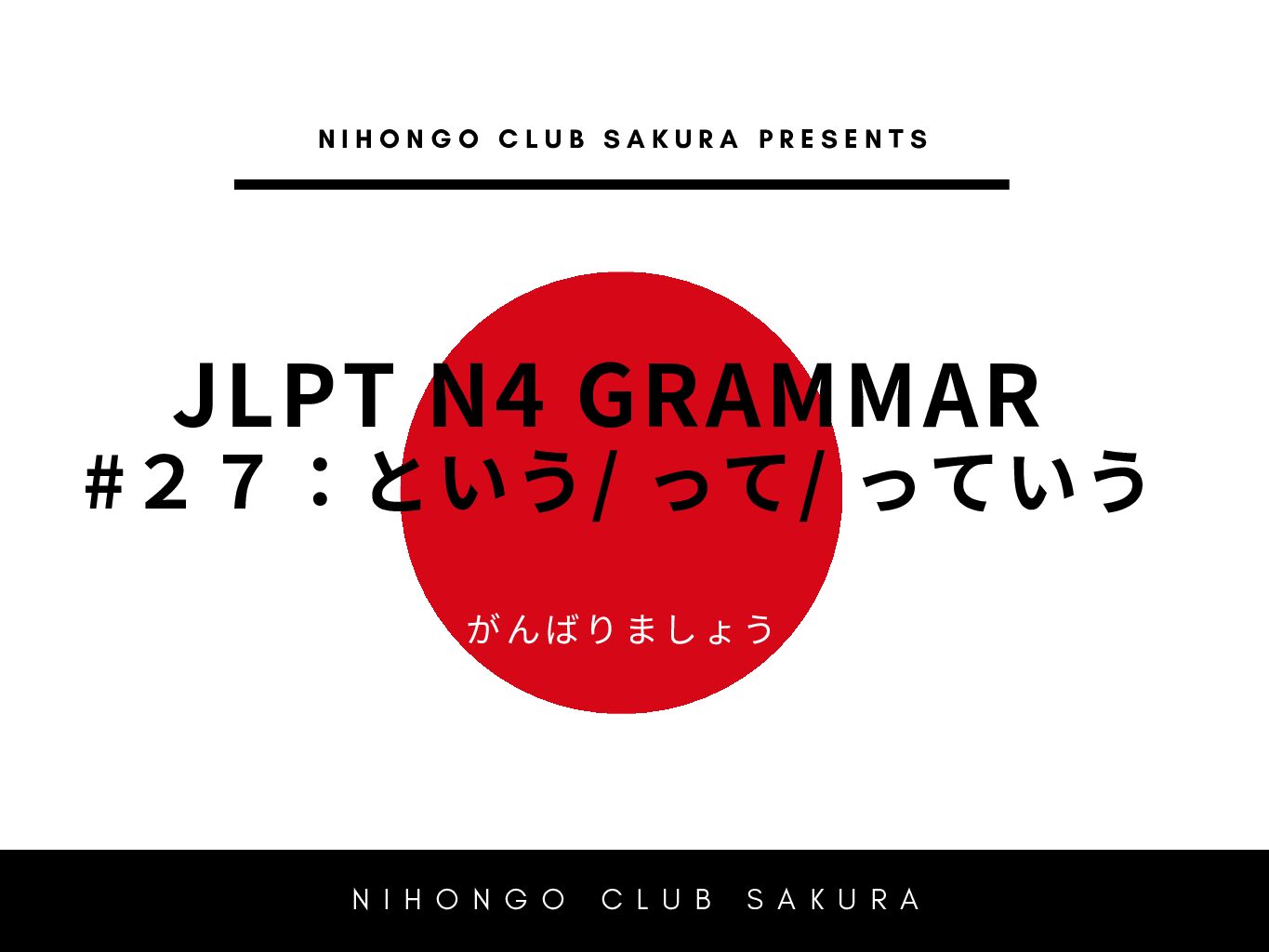 JLPT N4 Grammar Format
JLPT N4 Grammar Format 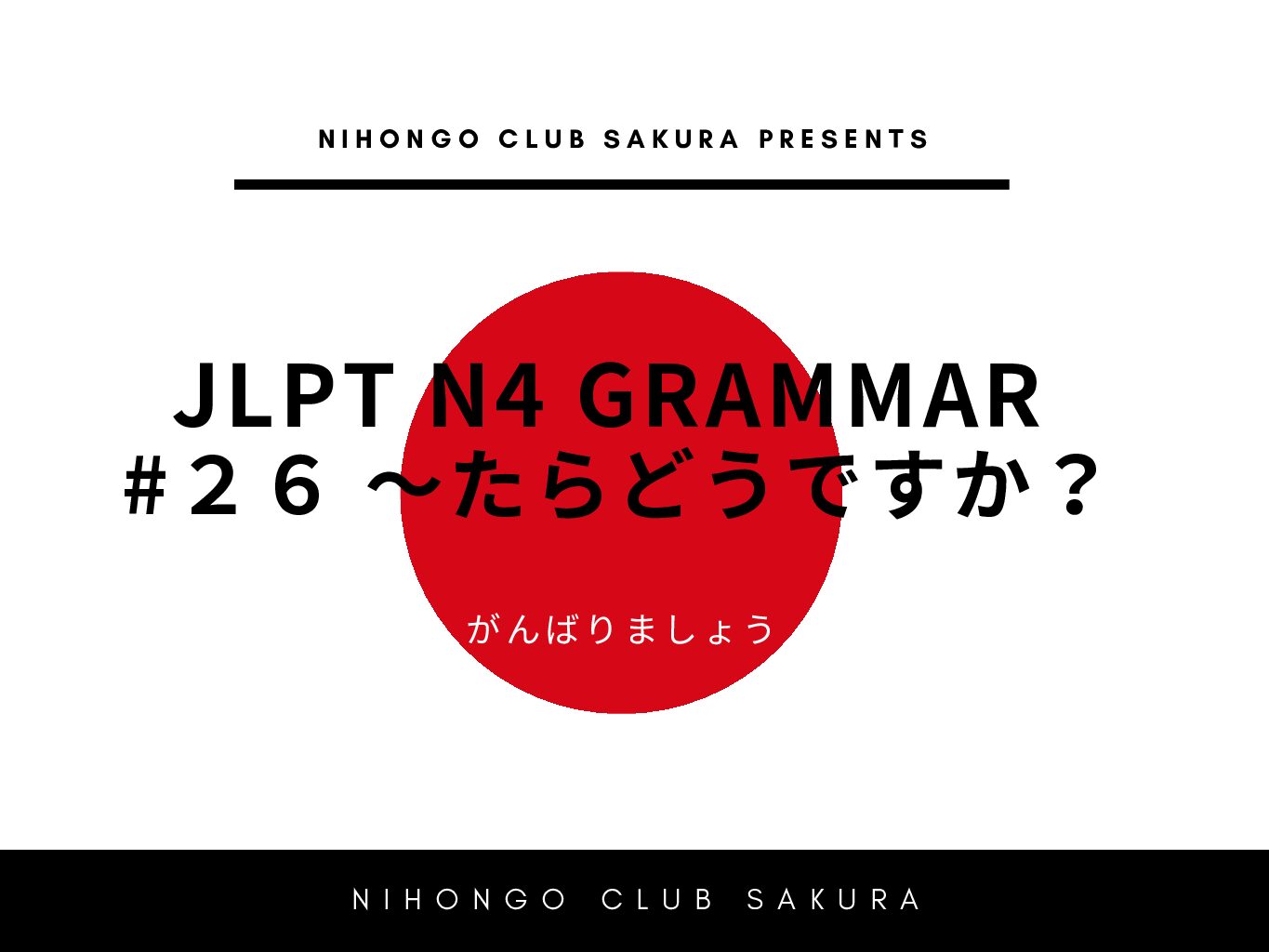 JLPT N4 Grammar Format
JLPT N4 Grammar Format 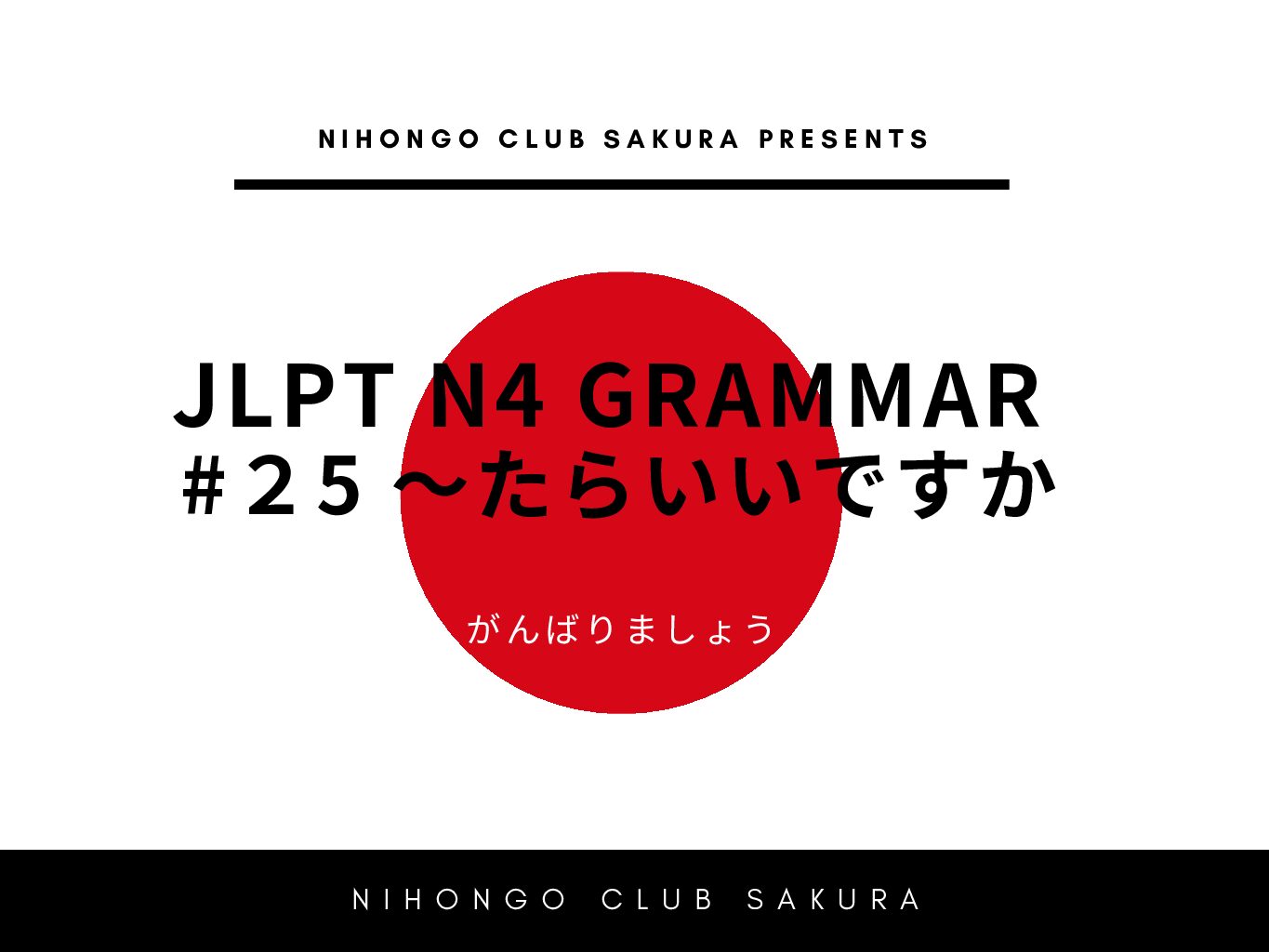 JLPT N4 Grammar Format
JLPT N4 Grammar Format 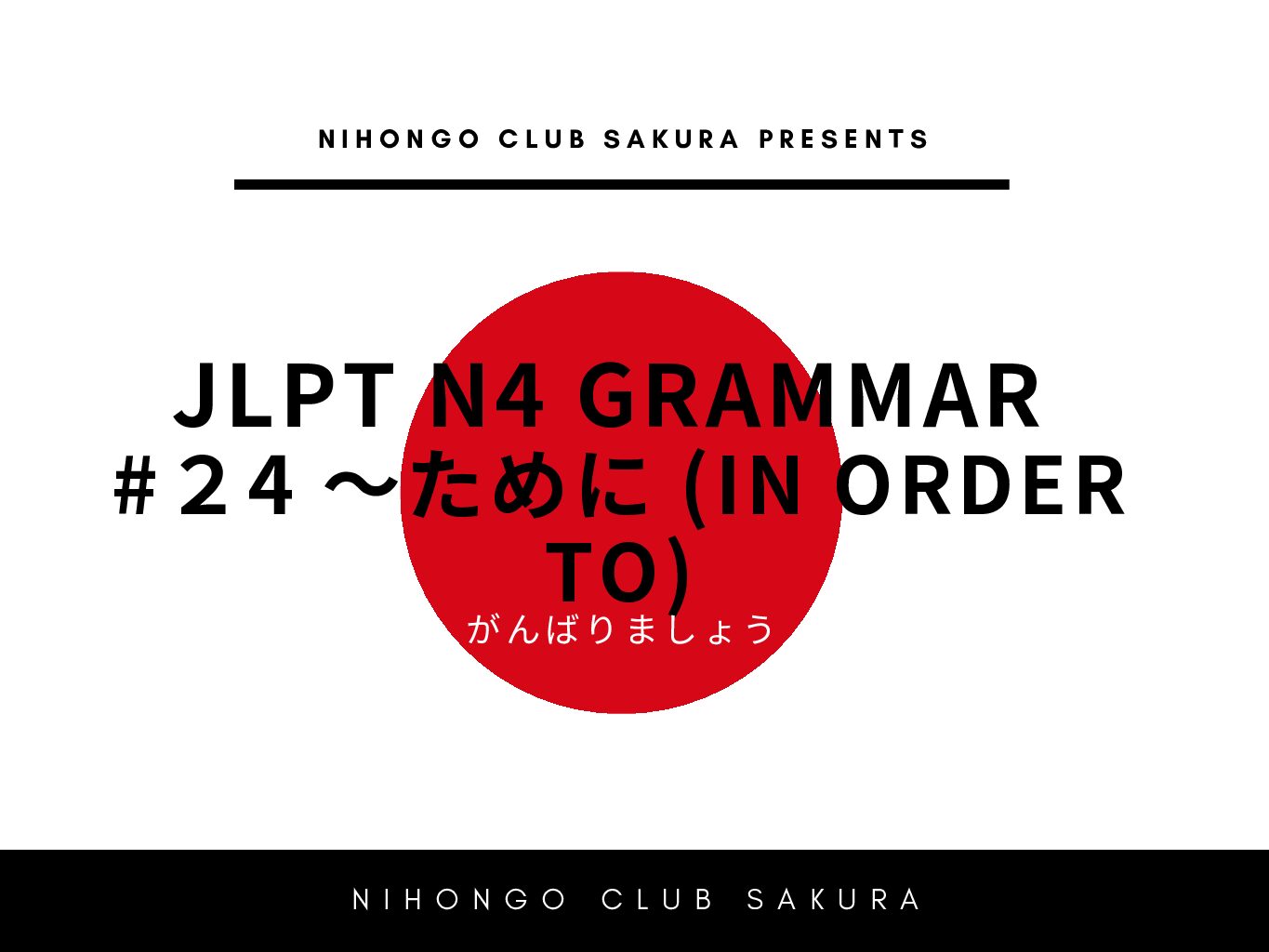 JLPT N4 Grammar Format
JLPT N4 Grammar Format 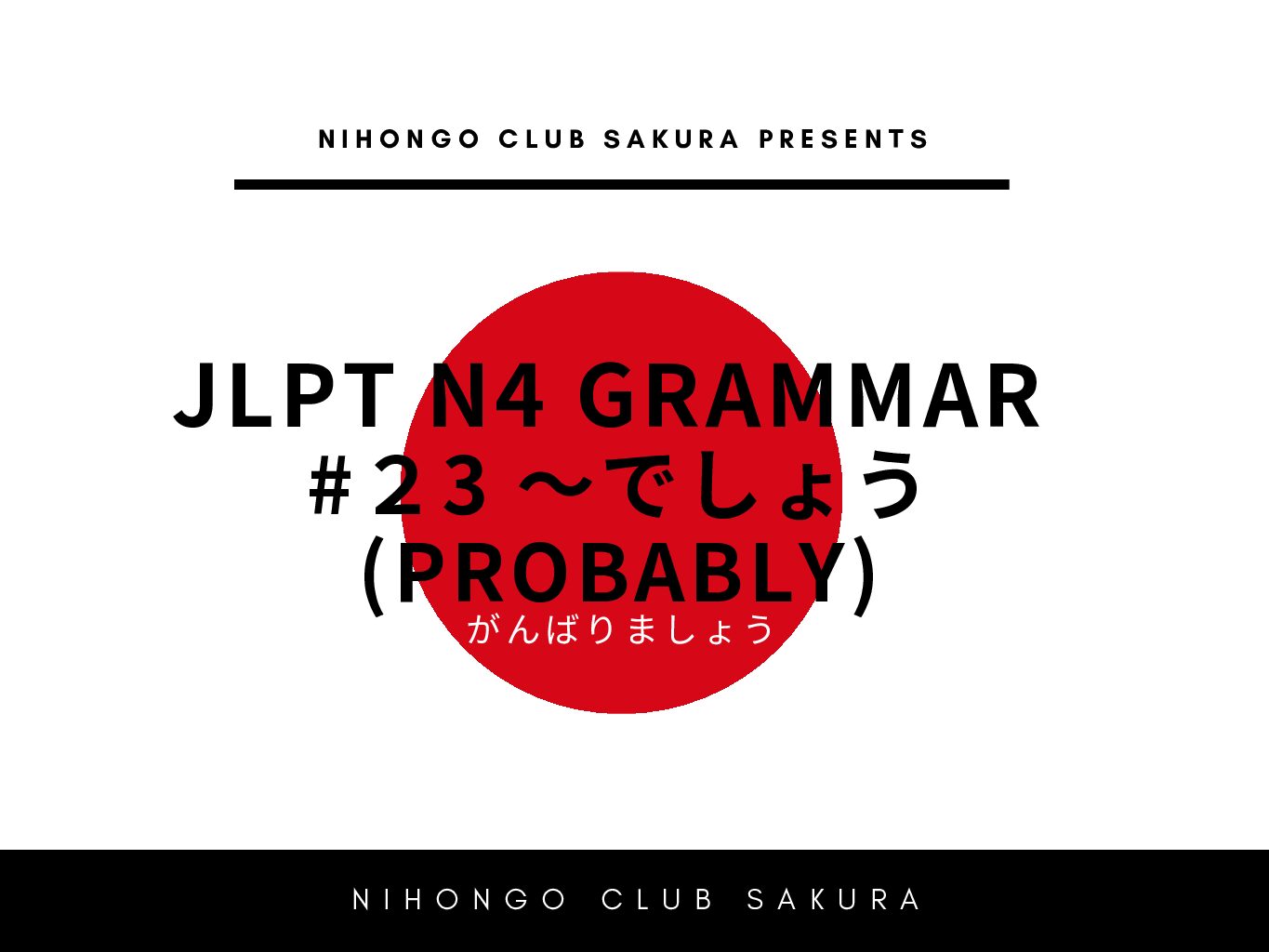 JLPT N4 Grammar Format
JLPT N4 Grammar Format 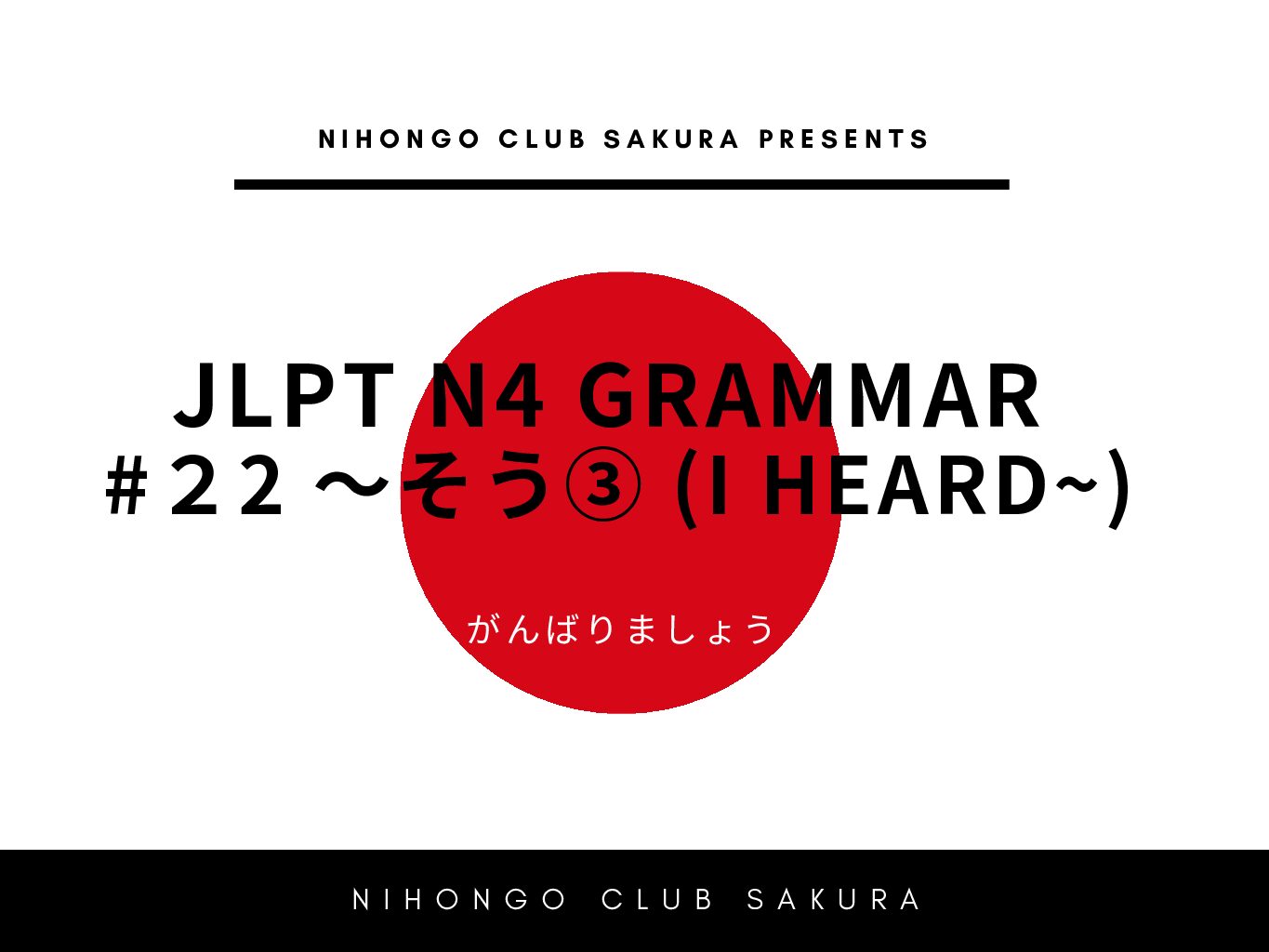 JLPT N4 Grammar Format
JLPT N4 Grammar Format